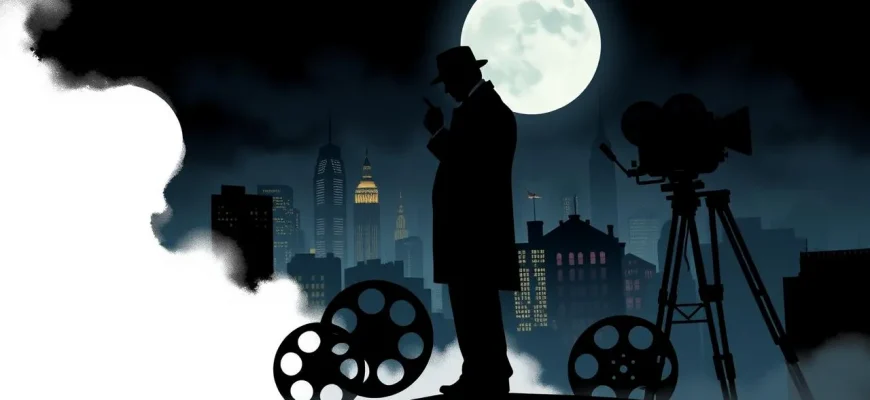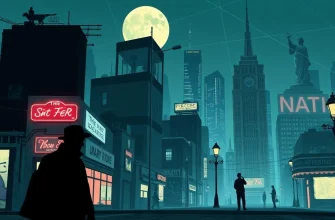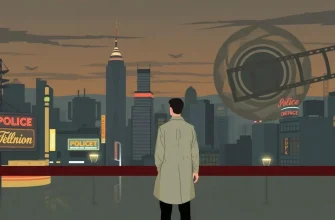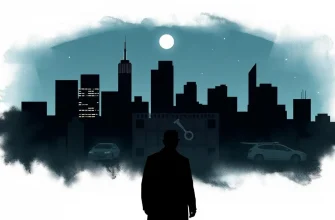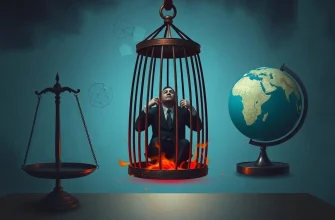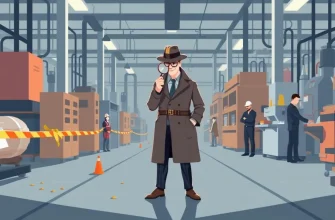Step into the shadowy world of crime with this curated list of 10 films that exemplify the art of classic crime storytelling. These films not only entertain but also provide a rich tapestry of character development, intricate plots, and unforgettable scenes that have left an indelible mark on cinema. Whether you're a fan of noir, heist movies, or psychological thrillers, this collection promises to deliver the best of the genre with a touch of timeless elegance.
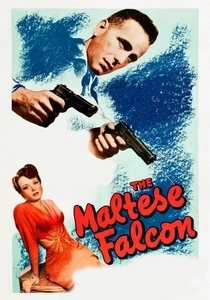
The Maltese Falcon (1941)
Description: A quintessential film noir, this movie showcases the hard-boiled detective Sam Spade, played by Humphrey Bogart, as he navigates through a web of deceit and murder in search of a priceless statue. Its inclusion in this list is due to its masterful storytelling, iconic characters, and the blueprint it set for future detective films.
Fact: This was the third adaptation of Dashiell Hammett's novel, and it was the first film to ever use the word "gunsel" in its original, non-firearm-related meaning.
 Watch Now
Watch Now 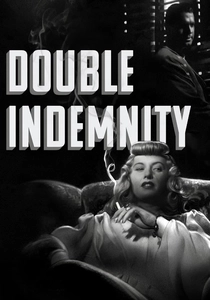
Double Indemnity (1944)
Description: A tale of lust, greed, and murder, this film noir classic features an insurance salesman who gets entangled in a plot to kill for insurance money. Its narrative structure, with its famous flashback opening, and the intense performances make it a cornerstone of the genre.
Fact: The film was based on a novel by James M. Cain, and it was initially considered too controversial for the screen.
 Watch Now
Watch Now 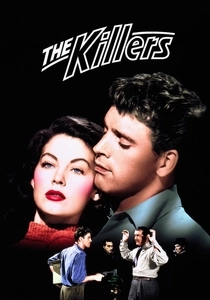
The Killers (1946)
Description: Based on a Hemingway story, this film noir explores the life of a man marked for death by two hitmen. Its flashback structure and the psychological depth of its characters make it a compelling watch.
Fact: The film was remade in 1964 with Ronald Reagan in one of his last acting roles before entering politics.
 Watch Now
Watch Now 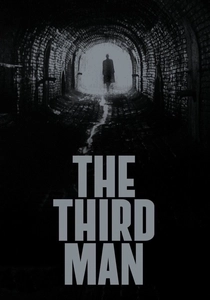
The Third Man (1949)
Description: Set in post-war Vienna, this film noir follows an American writer who discovers his friend is involved in the black market. Its atmospheric setting, memorable zither score, and the iconic Ferris wheel scene make it a classic.
Fact: Orson Welles' character, Harry Lime, was based on a real-life figure, and the film's famous cuckoo clock speech was improvised by Welles.
 Watch Now
Watch Now 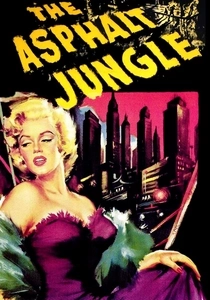
The Asphalt Jungle (1950)
Description: A heist film that delves into the lives of criminals planning a jewelry store robbery, this movie is a study in character and the moral ambiguity of crime. Its place in this collection is justified by its realistic portrayal of the criminal underworld and its influence on future heist films.
Fact: Marilyn Monroe had one of her earliest roles in this film, and it was one of the first to use the term "heist" in its modern context.
 Watch Now
Watch Now 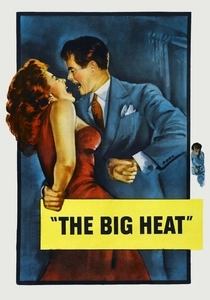
The Big Heat (1953)
Description: A gritty tale of a cop's revenge against the mob, this film is known for its brutal realism and the portrayal of corruption in law enforcement. Its raw energy and the performance by Glenn Ford make it a standout.
Fact: The film was one of the first to show a woman throwing hot coffee in a man's face, a scene that has since become iconic.
 Watch Now
Watch Now 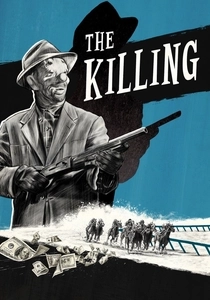
The Killing (1956)
Description: Stanley Kubrick's early work, this film follows a racetrack robbery planned by a group of small-time crooks. Its non-linear storytelling and detailed planning sequences make it a standout in the heist subgenre.
Fact: This was one of the first films to use a non-linear narrative structure, which Kubrick would later perfect in films like "2001: A Space Odyssey."
 Watch Now
Watch Now 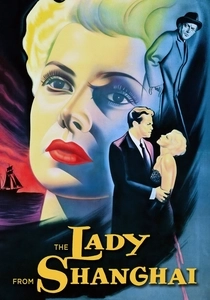
The Lady from Shanghai (1947)
Description: Orson Welles directs and stars in this noir thriller about a sailor who gets involved with a mysterious woman and her husband's criminal activities. Its famous hall of mirrors climax is a visual masterpiece.
Fact: Welles wrote, directed, and starred in the film, but he was not happy with the final cut, which was heavily edited by the studio.
 Watch Now
Watch Now 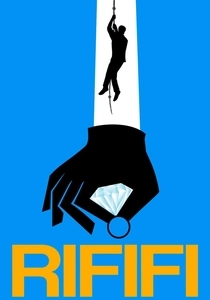
Rififi (1955)
Description: A French film that set the standard for heist movies with its nearly silent, 30-minute robbery sequence. Its meticulous attention to detail and the tension it builds make it a must-watch for crime film enthusiasts.
Fact: The film was banned in France for a time due to its portrayal of crime, but it later became a cult classic.
 30 Days Free
30 Days Free 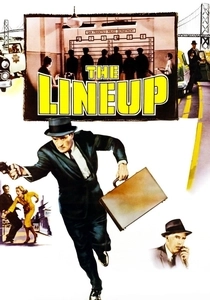
The Lineup (1958)
Description: A San Francisco-set crime drama about two hitmen who are after stolen goods. Its realistic portrayal of crime and the city's atmosphere make it a lesser-known gem in the genre.
Fact: The film was shot on location in San Francisco, providing an authentic backdrop for its story.
 30 Days Free
30 Days Free 
